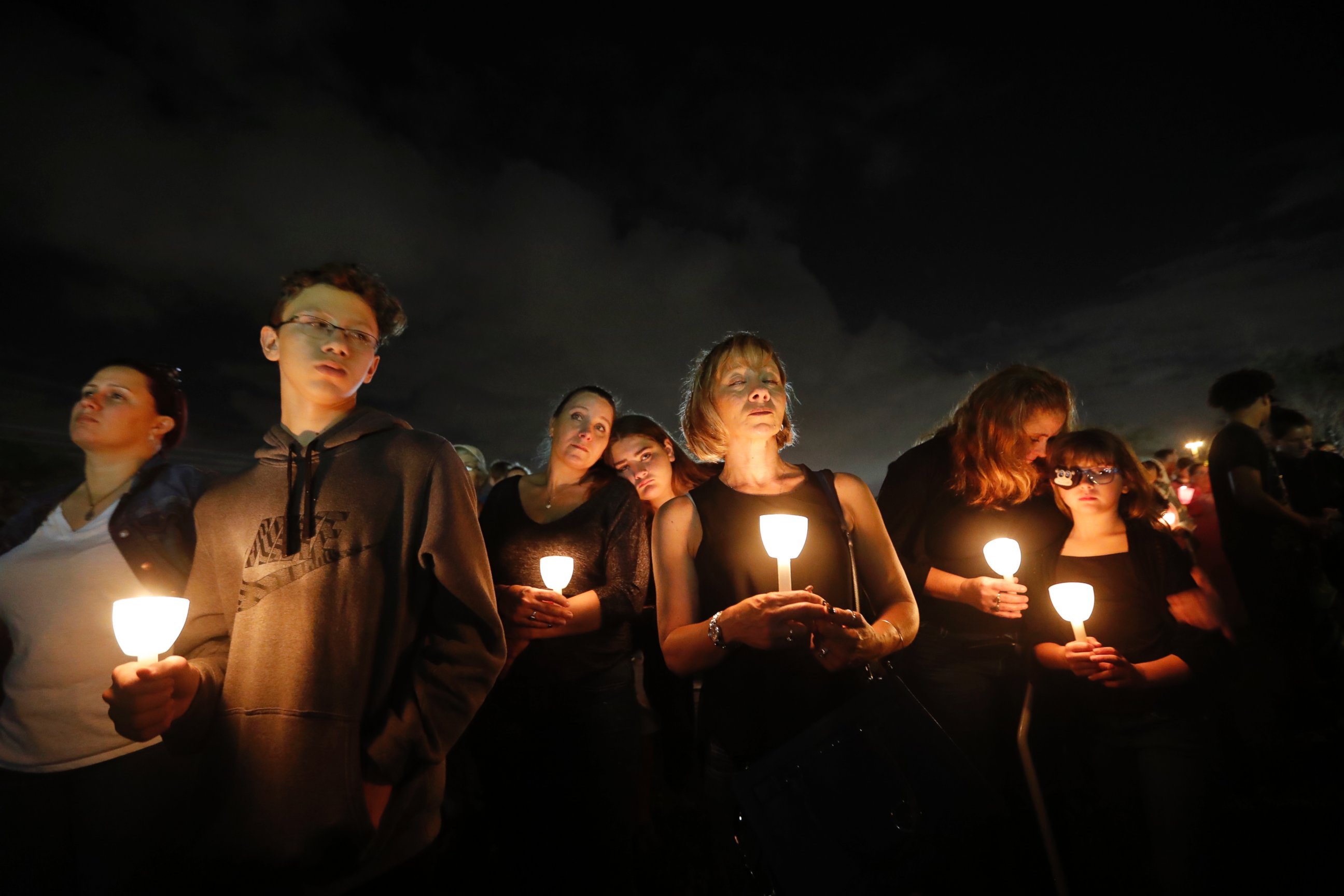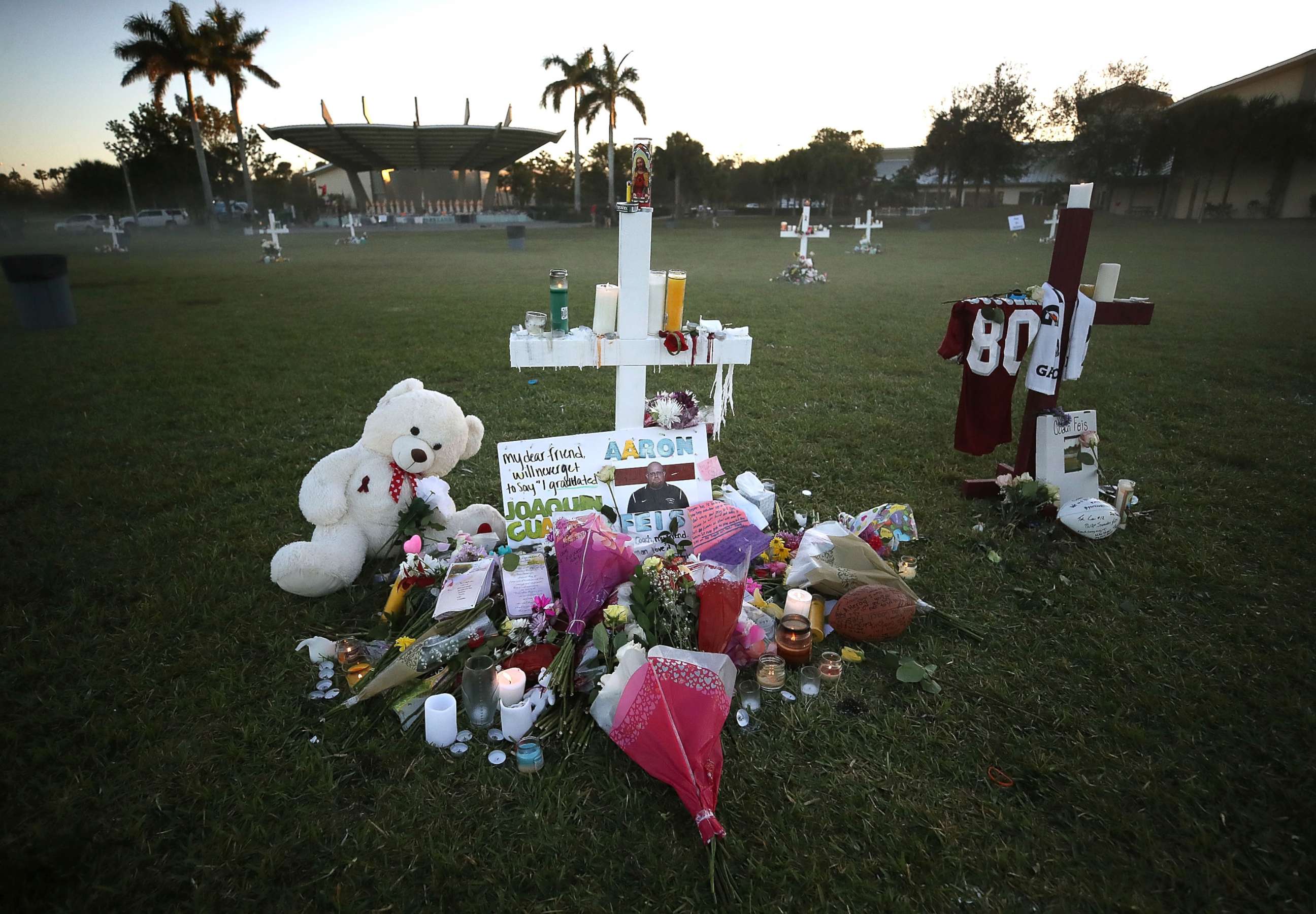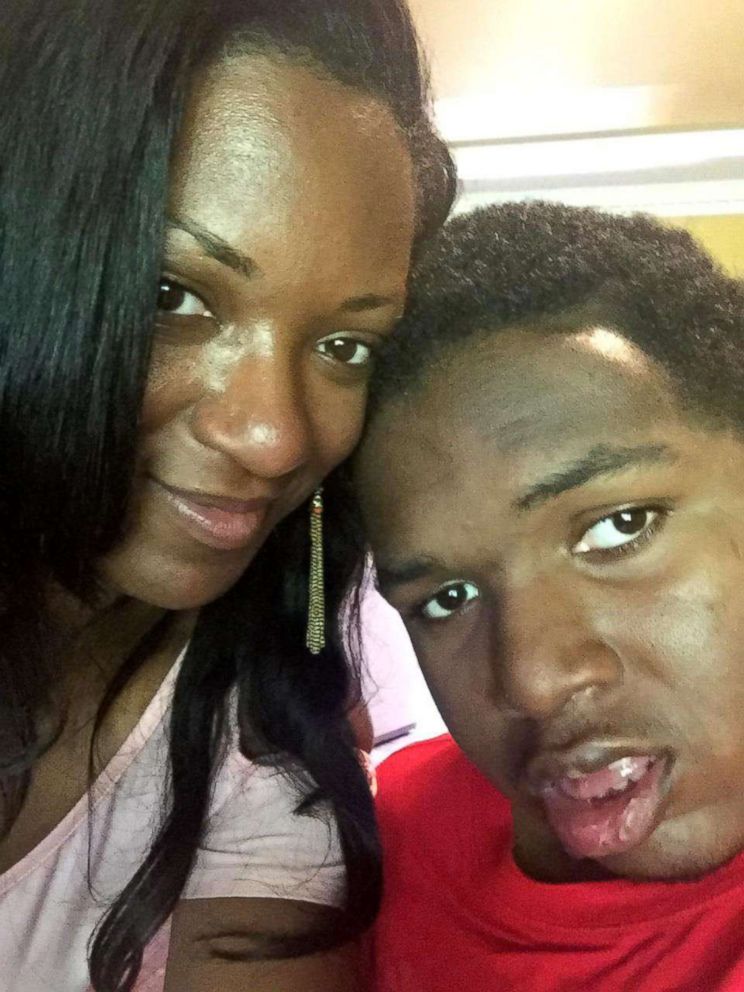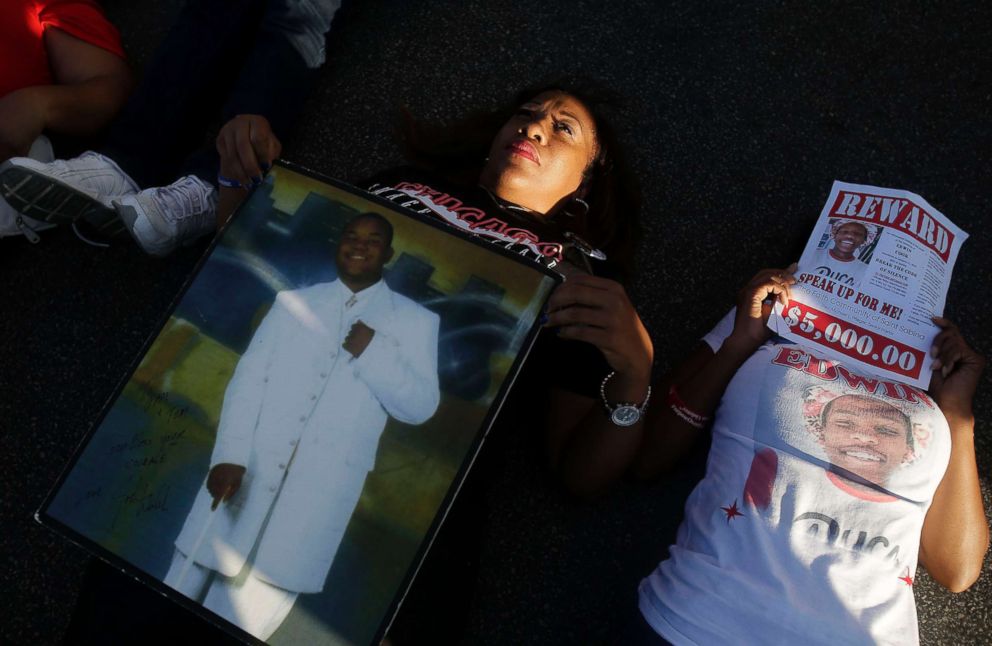Beyond Parkland and other mass shootings, children are wounded and killed by guns daily: Study
Since Parkland, 21 children have died from gun violence, mostly under the radar.
— -- In the days since 17 children and teachers were fatally shot at Marjory Stoneman Douglas High School in Parkland, Florida, at least 21 other children have been killed by gun violence in the U.S., according to shootings tracked by the nonprofit Gun Violence Archive.

Janaya Swain, 4, was sitting in the backseat of her mother’s car in Akron, Ohio, on Feb. 16 with her three sisters when a bullet, fired by her mom’s boyfriend, hit her in the head, killing her, Akron police said.
Leonardo Morales, 9, was riding in the front seat of his dad’s car in Madera, California, Sunday night when a car pulled up beside them and the occupants started firing, hitting Leonardo several times and killing him, Madera police said. Cops believe the shooting was gang-related.
And Larenzo Smith, 15, was walking down his own block on Chicago’s South Side with a woman Monday evening when someone approached the pair and started firing, Chicago police and the medical examiner confirmed. He was shot in the chest and died just steps from his own front door, one of at least seven children shot this week alone in Chicago, according to the Gun Violence Archive, which attempts to catalog every incident of gun violence in the country via media reports and law enforcement records.
Those are just three of at least 21 lives lost, but their stories have not dominated headlines the way the Parkland shooting has. In fact, every day in America, approximately 19 children are killed or injured by guns, according to data analyzed by CDC scientists and published last year in the journal Pediatrics. The analysis is considered the most comprehensive look at childhood firearm deaths and injuries in the U.S.

“Mass shootings are actually a small percentage of gun violence in America,” Stacey Radnor, public affairs director with Everytown for Gun Safety, a nonprofit that advocates against gun violence, told ABC News. “But the scale of these tragedies holds a unique grip on the nation’s conscience.
“It’s critical that we remember -- and act in honor of -- the countless other lives impacted by gun violence that don’t make headlines every day,” she added.
Those other lives include a total of 1,300 children who die and nearly 6,000 more who suffer gunshot wounds every year in the U.S., according to the analysis of childhood deaths and injuries due to firearms published in Pediatrics. Of those killed, 53 percent of them died in homicides, another 38 percent committed suicide and 6 percent were killed unintentionally, often when playing with a gun they didn’t know was loaded.
"Firearm-related deaths are the third leading cause of death overall among U.S. children ... surpassing the number of deaths from birth defects, heart disease and flu or pneumonia,” Katherine Fowler, lead author of the Pediatrics study, said.
Most kids don't die in mass shootings
While mass shootings grab headlines, 80 percent of kids killed by guns do not die in mass shootings like the one at Stoneman Douglas High School, Fowler said.
Her study also found most children are not killed by rifles like the AR-15 used in Florida, but instead died from a handgun, often inside a home or on the streets. Some 85 percent of kids younger than 13 who are killed by a gun are shot in a home, whereas teenagers are equally likely to be killed in a home or on the streets.

DeAndra Yates' eldest son DeAndre had just turned 13 when he begged his mom to let him go to a chaperoned birthday party in Indianapolis in February 2014. She initially resisted, but ultimately relented, allowing DeAndre to go to a party where two other boys would get into a fight over one of the boy’s sister. One of the other mothers who was present asked the boys to leave and only minutes later, shots rang out. At least 22 bullet holes were found in the house where the birthday party was happening.
DeAndre was struck and will now live the rest of his life as a non-verbal quadriplegic.

The four years since DeAndre was shot have been filled with at least nine surgeries and multiple hospitalizations for the Yates family and what seems to his mother to be never-ending news coverage of mass shootings marked by a global outpouring of support each time.
"When I see news of these mass shootings, I automatically think of the pain of these mothers," Yates said. "I feel their pain, but on the other hand, after these mass shootings happen, people want to change gun laws and they’re marching in the streets. But when my 13-year-old was shot and injured, nobody did anything."
African-American boys most at risk
Boys disproportionately bear the burden of gun deaths and injuries, accounting for 82 percent of all child firearm deaths and 84 percent of all child gun injuries, according to Fowler’s analysis.
African-American children have the highest rate of firearm mortality and are 10 times as likely to be killed by guns than white kids are.
"Firearm homicide has been the leading cause of death among young black males for more than three decades," Fowler said.
Pamela Bosley’s 18-year old son Terrell, who dreamed of becoming a famous gospel bass player, instead became one of those statistics in 2006. He was helping a friend carry his drums into a Chicago church for choir rehearsal when someone started shooting, killing Terrell. He had graduated a year early from high school, was going to college and thought he was on safe ground at a church.
Bosley, who has had the chance to meet parents who have lost their children to mass shootings like those at Sandy Hook Elementary School, says she understands their pain but doesn’t feel society treats the losses equally.
"I feel the connection with those families. We are in the same situation. But they get the outpouring of support and I don’t get anything," Bosley said. "Nobody says anything when it’s a black life. When it is our children, no one cares."
How parents can keep their kids safe
While the commonality of gun deaths and injuries may frighten parents, Fowler says childhood firearm injuries are actually more preventable than many people realize.
She recommends four steps for parents to keep their children safe:
Know what your kids are doing: Fowler encourages parents to closely monitor and talk with their children every day about who they are with, where they spend time and what they are doing.
High expectations: Parents should set age-appropriate expectations for behavior, Fowler said.
Notice warning signs: Parents should monitor their kids closely for signs of depression or anxiety or changes in behavior, and be mindful of their children facing problems at school, with friends or from a recent crisis. Any of those things could be signs their child may be at risk for violence or suicide, Fowler said.
Safe gun practices: If parents do keep firearms in the home, Fowler cautions them to store weapons unloaded and locked in a gun safe and store ammunition in a separate location, apart from where the firearms are kept. Unsupervised access to guns should be limited to prevent kids from playing with guns.




